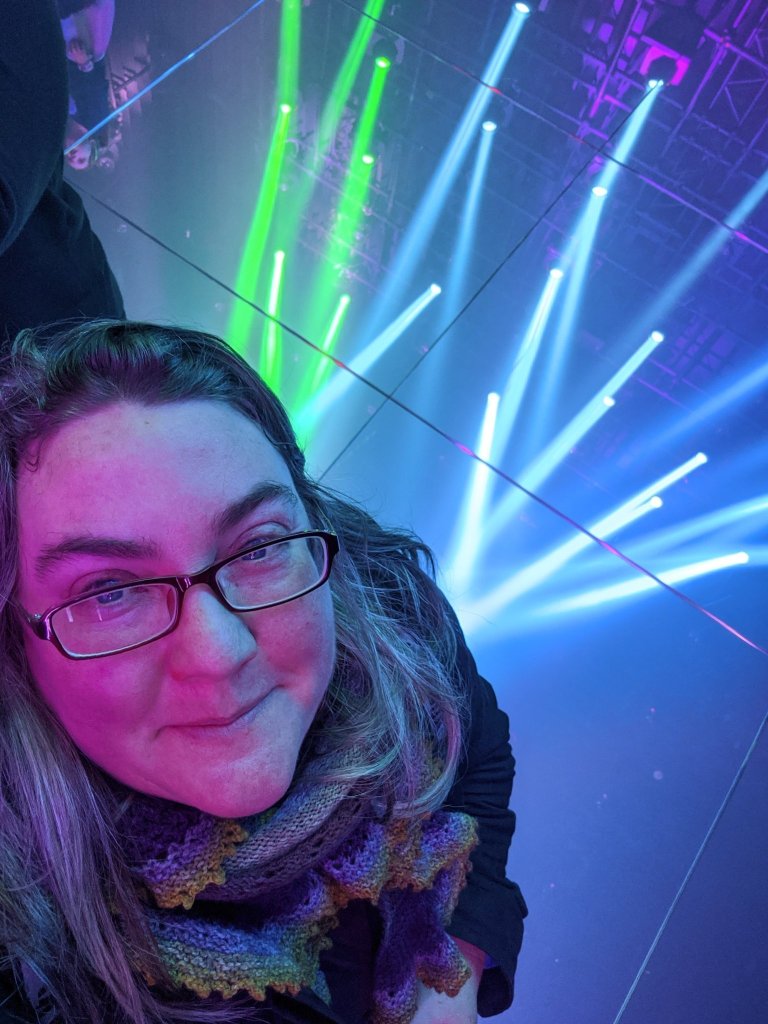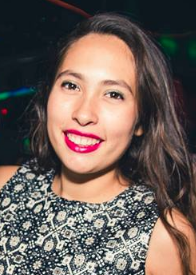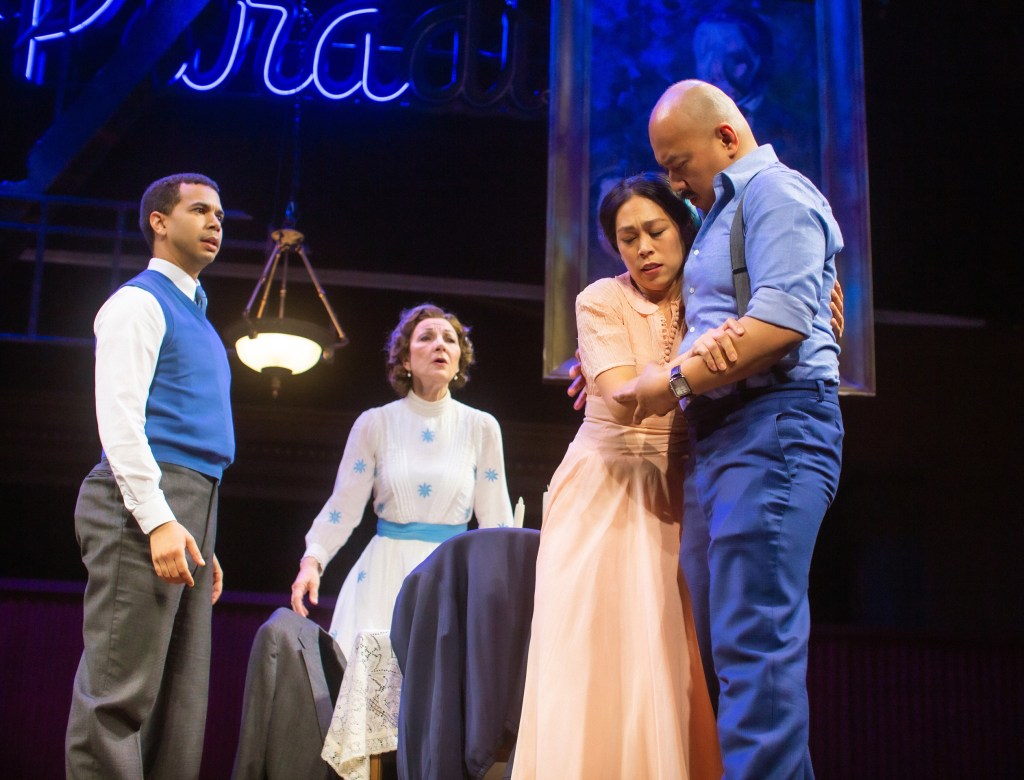In these trying times for the world of American theater, with stories dropping daily about the challenges that spaces all over the country are facing, one local company is making a full recalculation about how things have been, and where they want things to go.
Those things at Crowded Fire are centered on leadership – namely, who at a theater company gets to be a leader and have a say about the most consequential aspects of the company’s operations.
The power brokers at San Francisco’s Crowded Fire Theater have made some massive changes. No longer does a single voice dictate the way their theater will be run. The single voice that hovers over the company’s inclusive and diverse theatre makers has been multiplied by seven. Equal distribution of power is the thing, and with the fiscal health of the company being solid, this was the right time to implement changes.
What’s on the horizon is thrilling, an opportunity to completely re-examine how theaters can share leadership in the most ideal and supportive way.
While Crowded Fire ran for most of their 20+ year history with a traditional hierarchical structure with an artistic director at the top of the pyramid, the changes have now been fully implemented. The seven staff members include: Riley Alyson, Leader of Production and Community; Caro Asercion, Leader of Artistic Producing; Nailah Harper-Malveaux, Leader of Artistic Curation & Producing; Bethany Herron, Leader of Management & Fundraising; Julie McCormick, Leader of Management & Operations; Mina Morita, Leader of Artistic Curation & Strategy, and Leigh Rondon-Davis, Leader of Artistic Curation & Marketing.

Alyson has been with Crowded Fire since 2010, moving to production manager in 2012, and is deeply ingrained in the company’s past structure. As time went on, more conversations were had to address what each of the staff members could realisticaly sustain over time. This new structure did not come in out of the blue; the strategy was discussed and detailed for many years.
All of the past conversations led to this huge step for the company.
“As we grew, I feel like we figured out that the best way to make decisions was to keep all of us in the loop,” Alyson said. “When Mina came on board, I remember having conversations which were like, I’m in the circle and I’d like to stay in the circle. The more I knew about the artistry, the more it helped me do my job in production better.”
Herron has found the transition entirely pragmatic, considering all of the great minds that make up Crowded Fire’s staff are now chiming in on elements outside their particular silo.
“It feels like it’s something new and a little bit unprecedented.”
Bethany Herron

Herron appreciates having a mind like Alyson’s contribute to business elements, as an example, even though it’s outside what Alyson is known for. Alyson is usually “making theatrical magic happen,” Herron said, but now Herron welcomes input from Alyson and others on the staff.
“(Company founder) Rebecca Novick has reached out to us and talked about how exciting this is, because it feels like it’s something new and a little bit unprecedented, but also something that felt like it was part of the way they started too,” Herron said.
So much of the conversations of the past three years since theaters, along with everything else in the world were in a pandemic shut down, dispelled a certain myth. The belief is that in order to do theater well, one has to be a martyr to every other aspect of life. While there are those who take pride in burning the midnight oil to get a show off the ground, the long-term ramifications can be damaging and harmful. Personal priorities can change day-to-day, year-to-year, and this new structure allows for those variations to take place.
“As we started producing, I think we’ve built in the space and structure for that evolution and adaptability,” Rondon-Davis said. “I think there is a flexibility and a deep ability to sort of listen and support one another amongst this team, which feels really, really great.”
“It’s been a process of continuing to navigate skills and interests, and that kind of intentionality is really specific to this kind of model.”
Nailah Harper-Malveaux

Harper-Malveaux agrees wholeheartedly.
“It’s been such an incredible process to come in and kind of know what my buckets were going to be with the job description. Yet, it’s also been great to have really deep conversations with the team as to what makes the most sense in terms of the shared leadership as a whole,” Harper-Malveaux said. “It’s been a process of continuing to navigate skills and interests, and that kind of intentionality is really specific to this kind of model.”
Asercion has found a lot of inspiration in turning these transformative discussions into some concrete actions.
“We’re having a lot of deep conversations about how it is that all of us collectively are making these artistic decisions in a way that is not solely relying on one person,” Asercion said. “We are really trying to make sure we’re balancing that work as equitably across the team as possible.”
Morita is not only preparing for a full engagement with this new model, but a different chapter of her career. After spending her years since 2015 as Crowded Fire’s artistic director, she will be transitioning off the team and onto other opportunities this December. Morita, who also has a robust freelance directing career and recently directed the Pulitzer Prize-winning play “English” at Berkeley Repertory Theatre, is excited to have conversations elsewhere about how a structure such as this one can potentially make the industry better.
“I am really loving sharing my knowledge as people ask or if they are interested,” Morita said. “I am finding myself really encouraging people who are in leadership or supporting leadership positions to really share their voice, knowledge and wisdom. It’s important to find ways of sustaining because we’re going through a real brain drain in the theater right now.
“I’m seeing my colleagues hitting a wall and needing to leave from burnout. I’m just really looking ahead when things start to calm down, and I’ll be ready to support an organization that is listening and interested in taking this knowledge to other spaces. I’m even more interested in learning from others.”
For more information, visit crowdedfire.org









Leave a comment